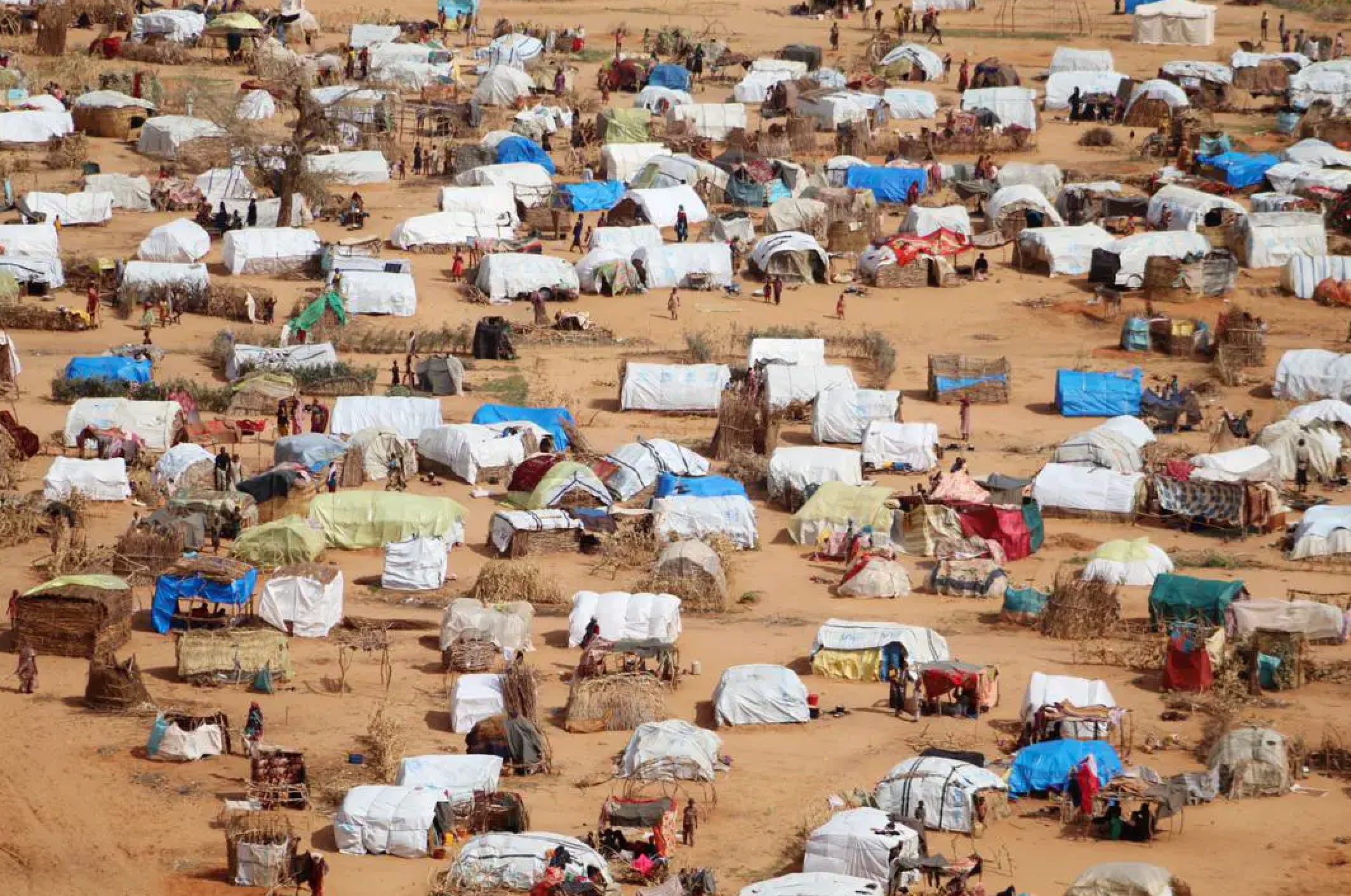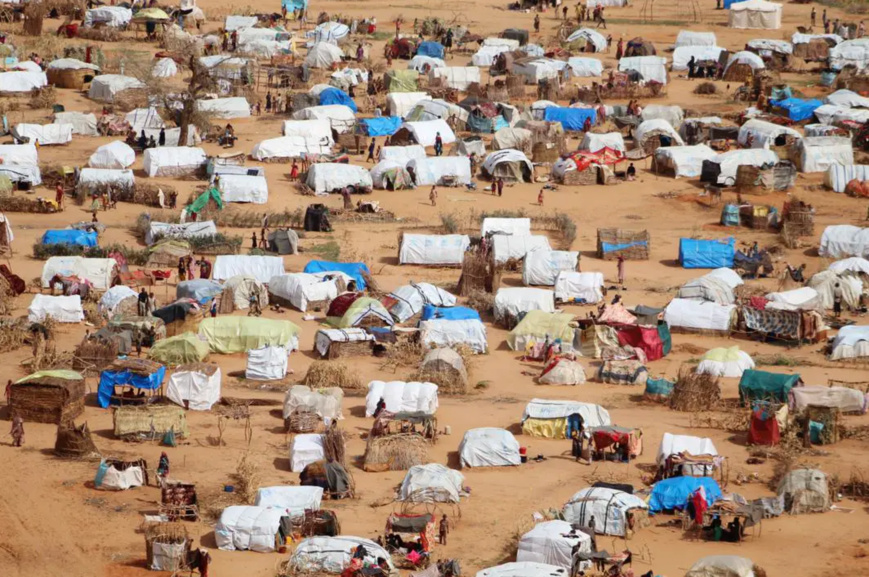The 2022 data shows a staggering 18% of Chad’s population, approximately 3.2 million people, suffering the impacts of natural disasters. This places Chad in a precarious position, highlighting the urgent need for effective disaster management and mitigation strategies.
Globally, the year 2022 was marked by significant natural disaster occurrences. Tonga led the list with a devastating 79% of its population affected, primarily due to the eruption of the Hunga Tonga-Hunga Ha'apai volcano and subsequent tsunamis. Following Tonga, Belize and the Central African Republic each saw 42% of their populations impacted by natural disasters, including the effects of Hurricane Lisa and severe flooding, respectively.
The study further reveals a concerning global trend: an increase in damages caused by flooding. While in 2012, the world saw nearly £21 billion in flood damages, this figure skyrocketed to over £35 billion in 2022, a 74% increase over a decade. This uptick underscores the growing impact of climate change on global weather patterns and the escalating need for robust climate action.
In a geographical risk assessment, Asian countries emerged as the most vulnerable to natural disasters, with the Philippines, India, and Indonesia being at the highest risk. Seven out of the top ten most at-risk countries are located in Asia, demonstrating a regional concentration of natural disaster threats.
As 2023 progresses, the global community faces £75 billion in damages from natural disasters, a figure that, while significant, is considerably lower than the total for 2022. This data not only highlights the evolving nature of natural disaster risks but also underscores the importance of international collaboration in disaster preparedness and response.
The findings from this study are a clarion call for nations, including Chad, to strengthen their disaster resilience strategies and invest in sustainable solutions to mitigate the impacts of natural disasters on their populations.
Globally, the year 2022 was marked by significant natural disaster occurrences. Tonga led the list with a devastating 79% of its population affected, primarily due to the eruption of the Hunga Tonga-Hunga Ha'apai volcano and subsequent tsunamis. Following Tonga, Belize and the Central African Republic each saw 42% of their populations impacted by natural disasters, including the effects of Hurricane Lisa and severe flooding, respectively.
The study further reveals a concerning global trend: an increase in damages caused by flooding. While in 2012, the world saw nearly £21 billion in flood damages, this figure skyrocketed to over £35 billion in 2022, a 74% increase over a decade. This uptick underscores the growing impact of climate change on global weather patterns and the escalating need for robust climate action.
In a geographical risk assessment, Asian countries emerged as the most vulnerable to natural disasters, with the Philippines, India, and Indonesia being at the highest risk. Seven out of the top ten most at-risk countries are located in Asia, demonstrating a regional concentration of natural disaster threats.
As 2023 progresses, the global community faces £75 billion in damages from natural disasters, a figure that, while significant, is considerably lower than the total for 2022. This data not only highlights the evolving nature of natural disaster risks but also underscores the importance of international collaboration in disaster preparedness and response.
The findings from this study are a clarion call for nations, including Chad, to strengthen their disaster resilience strategies and invest in sustainable solutions to mitigate the impacts of natural disasters on their populations.
 Menu
Menu
 Chad among Top 10 countries most affected by natural disasters in 2022, new study shows
Chad among Top 10 countries most affected by natural disasters in 2022, new study shows

















